One of you reading this post today will be the 10,000th visitor of this blog. Not a large number, I know, but given that the average blog has 7 readers a day (according to The Economist), I feel like I’m not doing too poorly.
This blog began on January 28th, 2006, as a sort of record-keeping method for all the teas I drink. I wanted to be more systematic in my tea drinking and record keeping. I found that I was mixing different teas up in terms of what I think of them, and thus writing down a record, with pictures and what not, could well be the best way of keeping track. A blog format made sense. That’s also why I called it by the somewhat silly name of “A Tea Addict’s Journal”.
The blog changed over time. I have taken to taking more pictures. I have also started commenting less on tea-related things, for some reason. I suppose partly because I think that what drives you all here is not what I think about certain issues related to tea, but the tea itself. Since I am in China, and I have access to teas that are rarely seen in the West (where most of you are), the best I could do is at least write about them.
In many ways, I am merely a commentator, sometimes a picky, inquisitive, and opinionated one, but a commentator whose job is to talk about teas that I come across. I don’t claim to always know what I’m talking about. If I sound authoritative when I write, that’s because too many caveats will make this blog unreadable. I think I am learning, just like everybody who reads this blog, everytime I drink a new tea. It reveals new things to me, and adds one more reference point for evaluating future teas that I drink, whether it be a green, an oolong, a puerh, or a red. I think I have developed my taste in tea more in the past few months in Beijing than the previous four or five years combined, and I think the act of blogging about what I drink has benefited me because it makes me more critical of and pay more attention to what I drink. By sharing these observations, I hope that others can somehow benefit from what I’ve learned.
At first only myself and maybe a few people close to me were reading this thing, for obvious reasons. Then, gradually, readership grew bit by bit. I discovered other sites, such as Teachat, LJ Puerh Community, Cha Dao, RFTD, etc, and also made new friends like Toki, Phyll, bearsbearsbears, among many others, some of whom I have now met in real life. It is encouraging to see that other people are reading this blog, some on a very regular basis, and that, in turn, is a motivation to keep writing, because I know that there will be people who are at least interested enough to check back here. Some I can tell who they are by where they’re located, etc, but others I have no idea, but somehow found their way to my blog and decided it worth their time to look once in a while. I have romantic notions that one day, I will open a teahouse somewhere where I can share this wonderful drink with people in person, sipping each cup, talking about it, exchanging views, ideas, thoughts about it. Tea is, after all, partly a communal experience that is best enjoyed with a few friends. Alas, that’s not possible, not yet anyway, so for now, a blog will have to do.
I know Xanga isn’t very comment friendly, and I wish I could change that, but since I can’t… if you feel like announcing yourself, please drop me a line at marshaln (the at sign goes here) gmail.com. I’d love to hear from you. But regardless — thank you all for reading along.
P.S. I wish I have a way to reciprocate all the links that others have put on their sites to this blog. I still haven’t figured out if there’s a way to post permanent links on the front page of this one. If anybody knows where/how, please let me know.












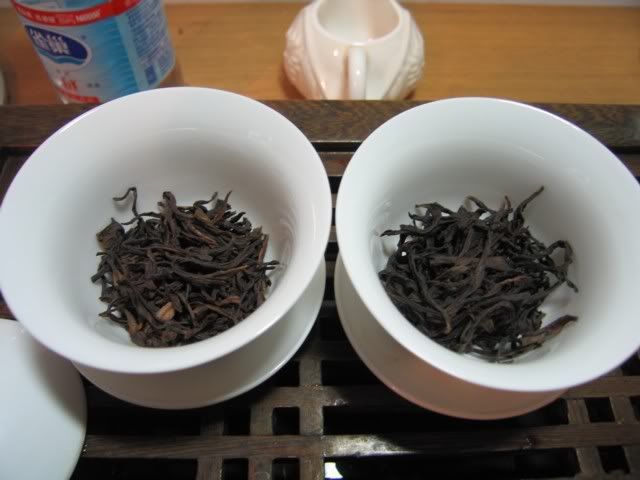
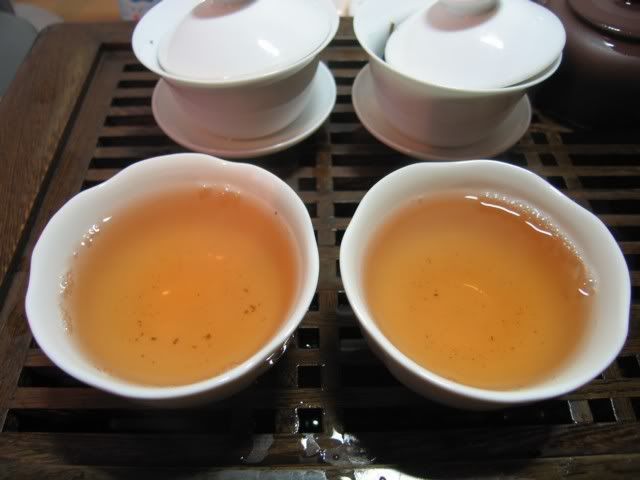
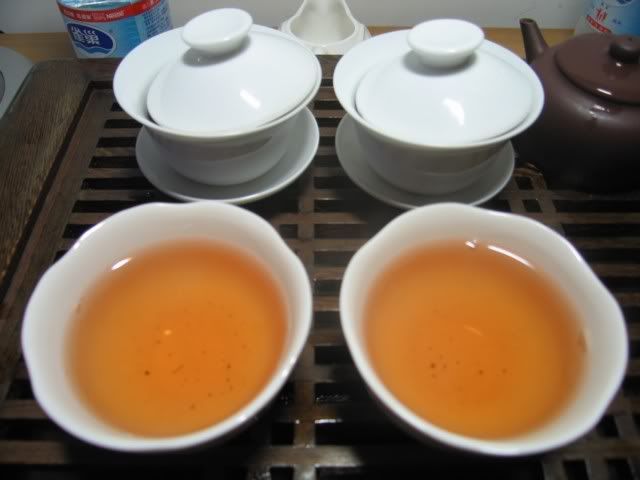
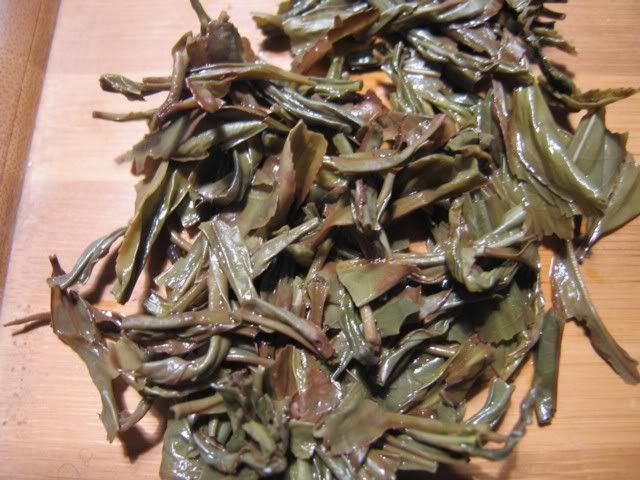
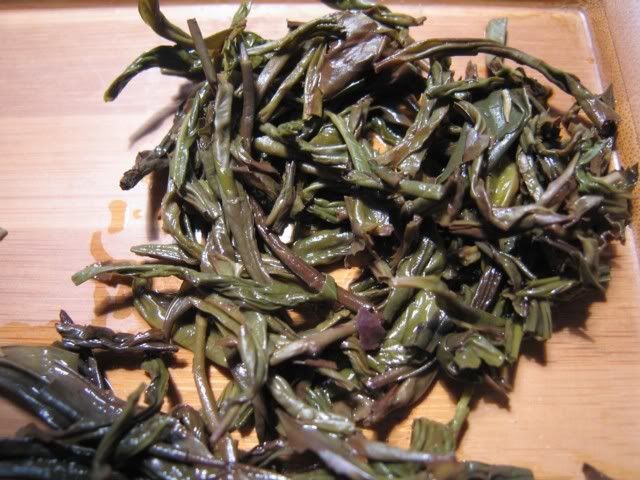
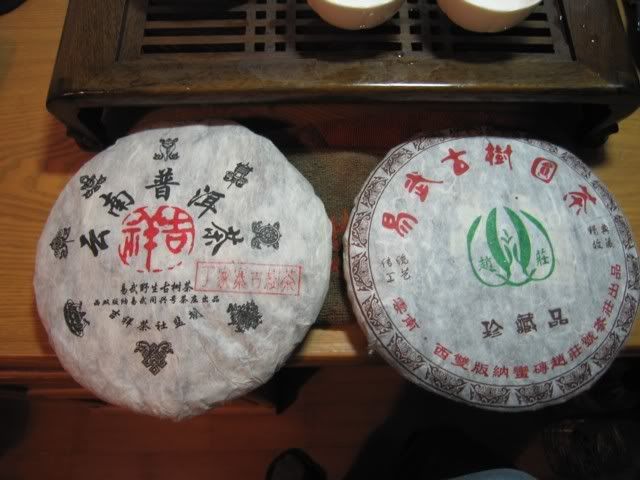


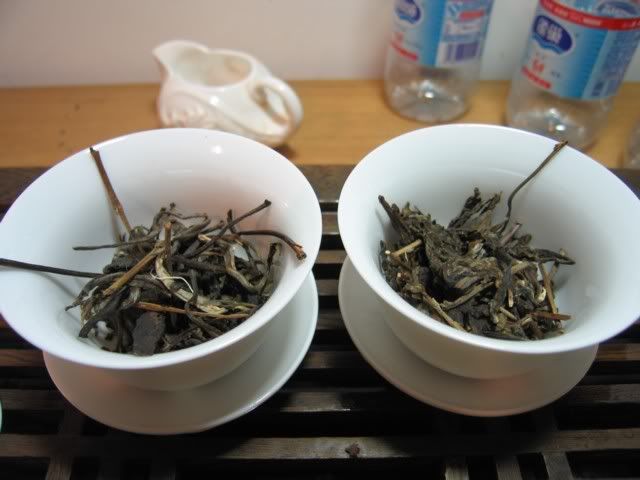



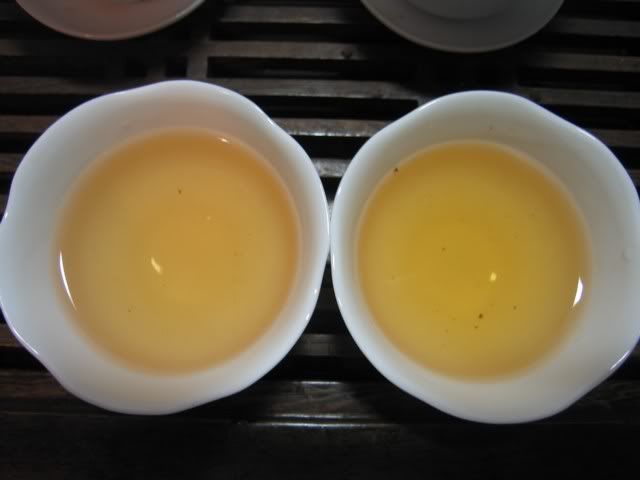

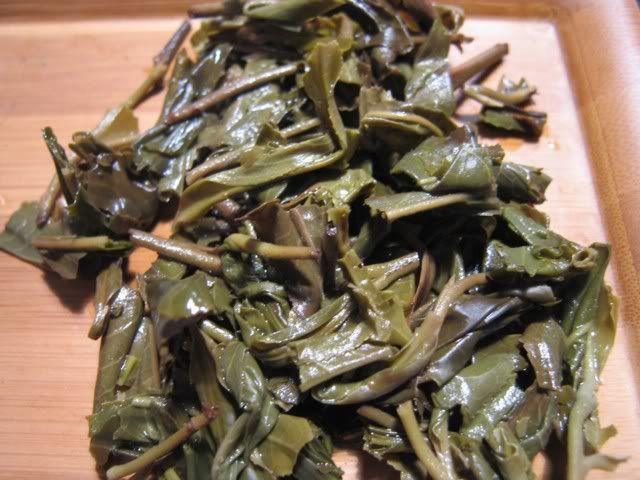



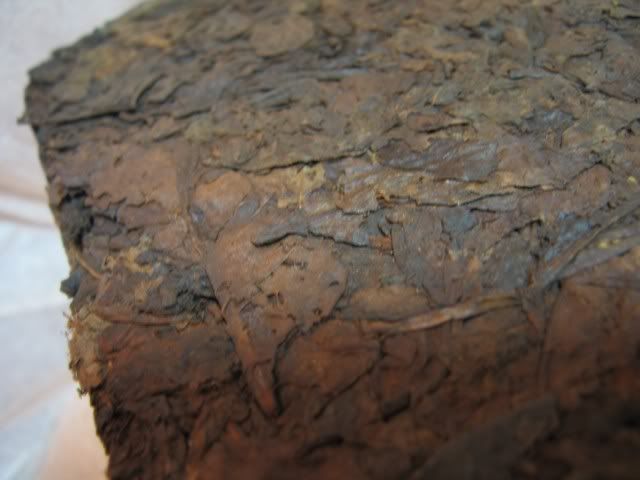
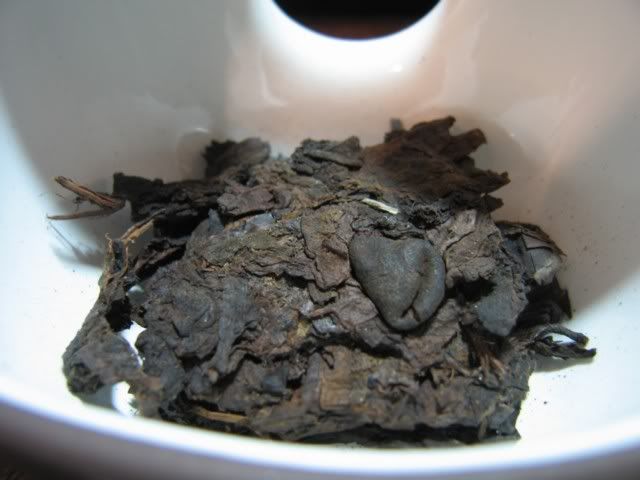
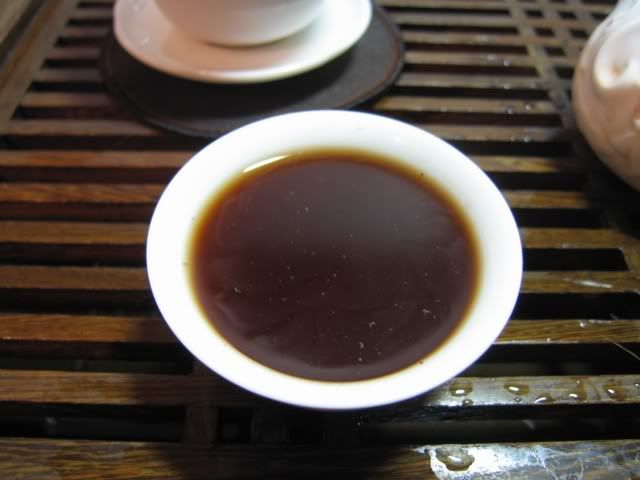
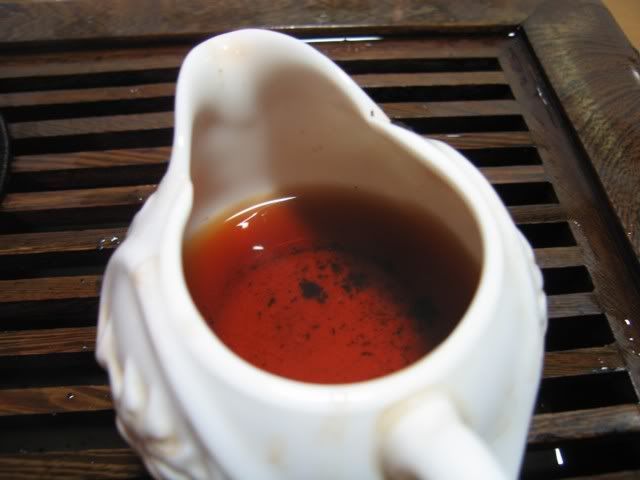

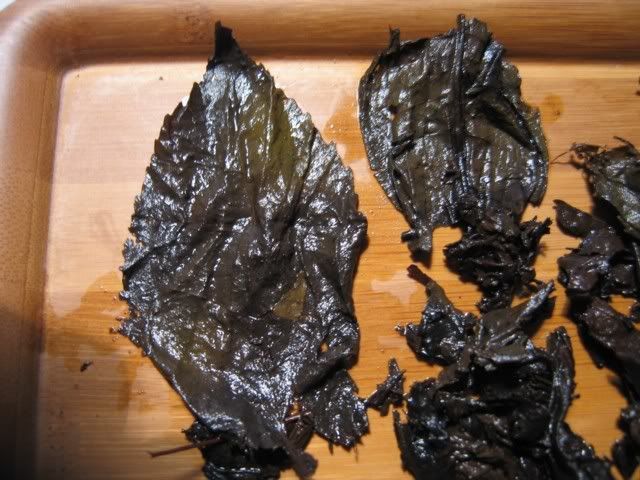
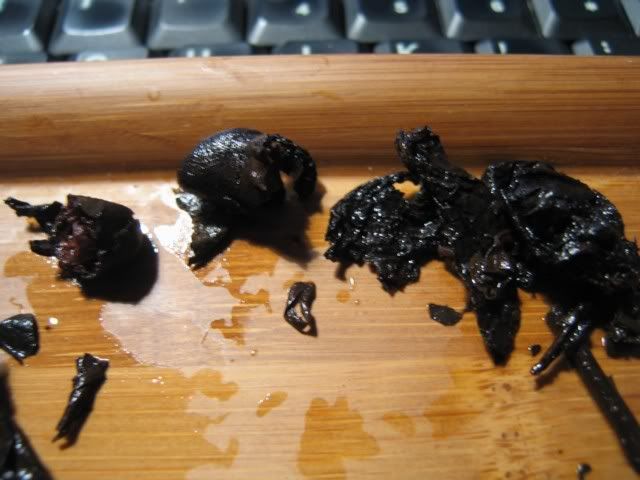

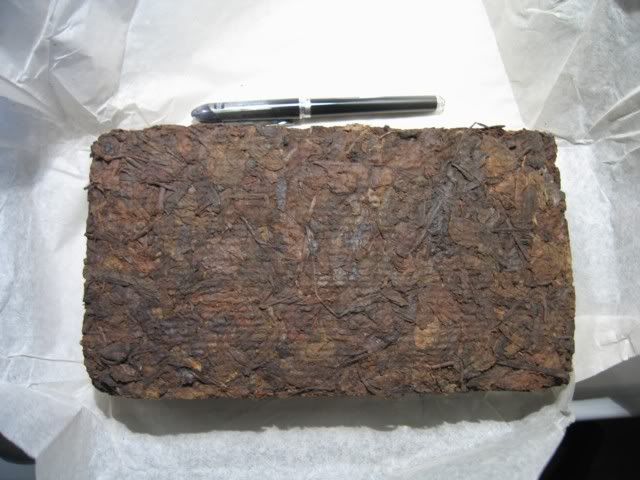
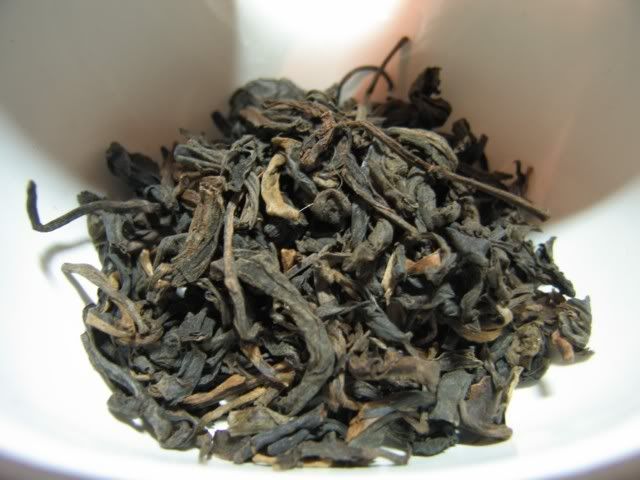
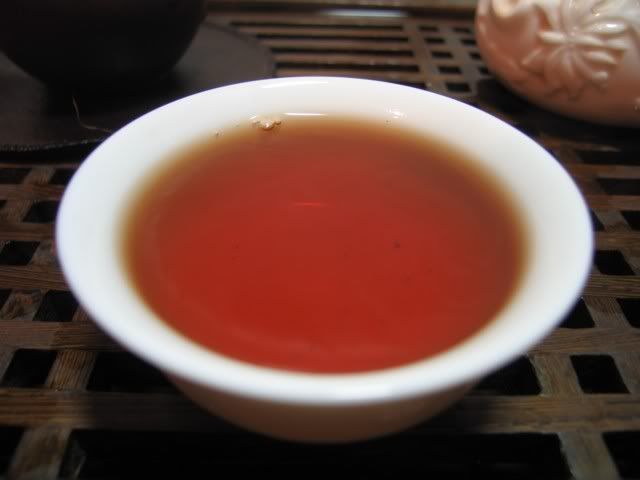

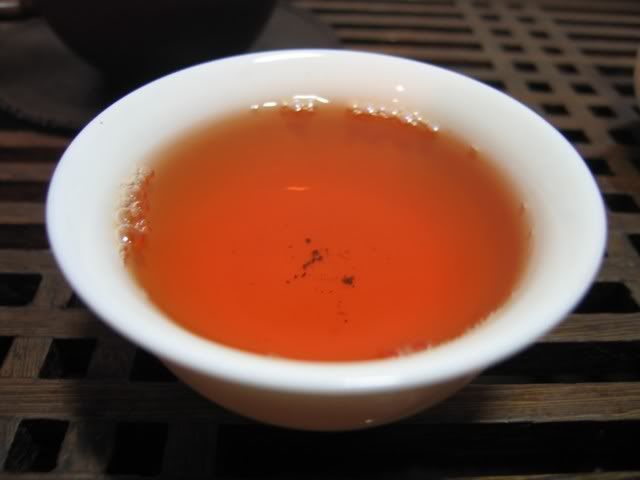
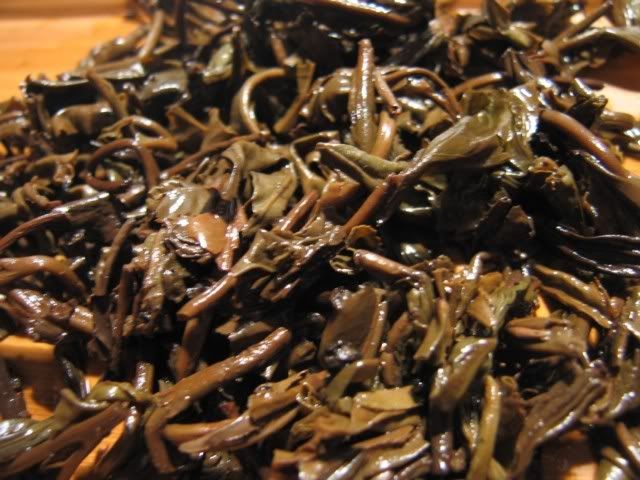
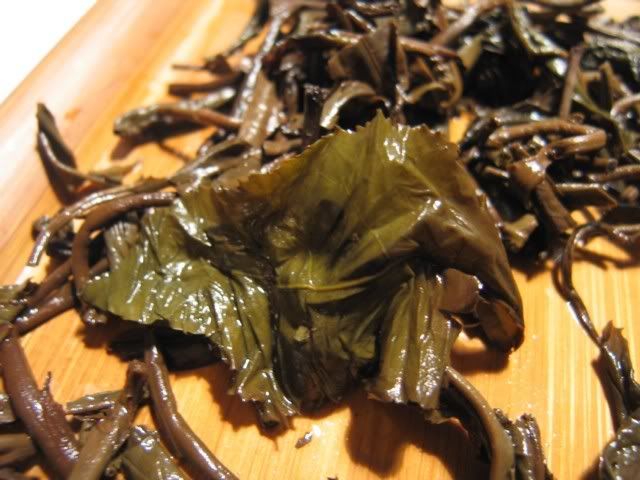

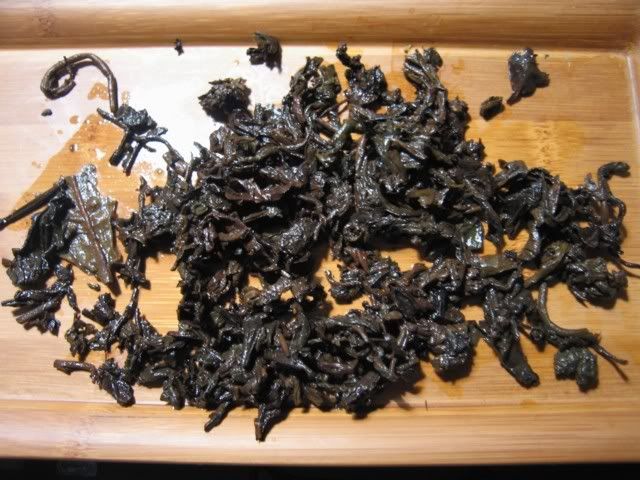
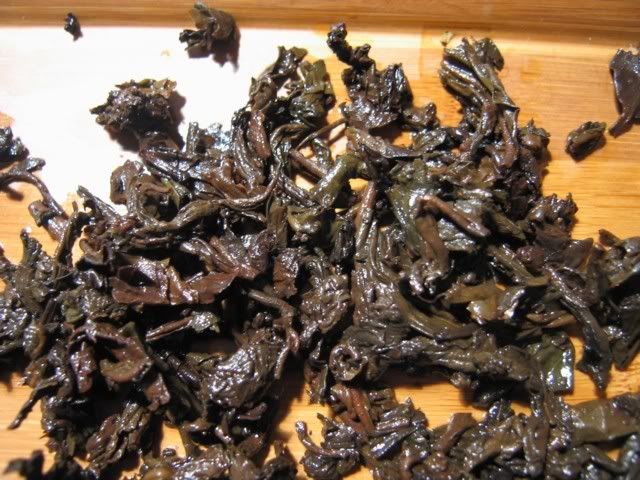
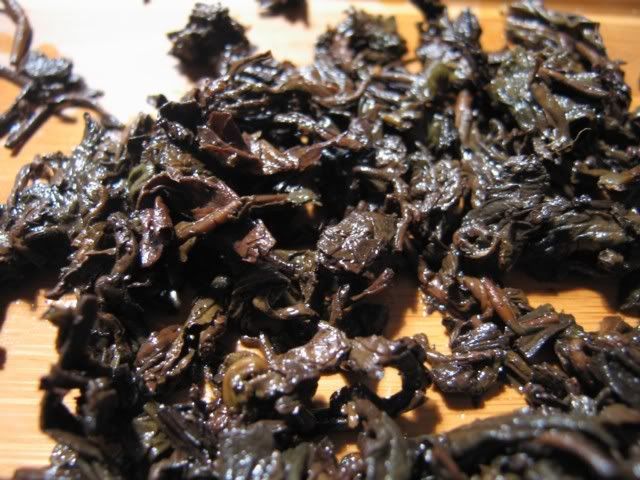
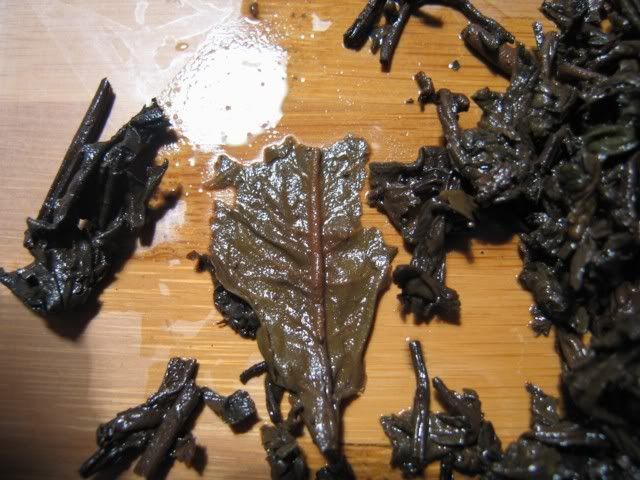
 RSS - Posts
RSS - Posts
I took you at your suggestion and have been reading some of your old post-Covid posts. I haven’t been to…